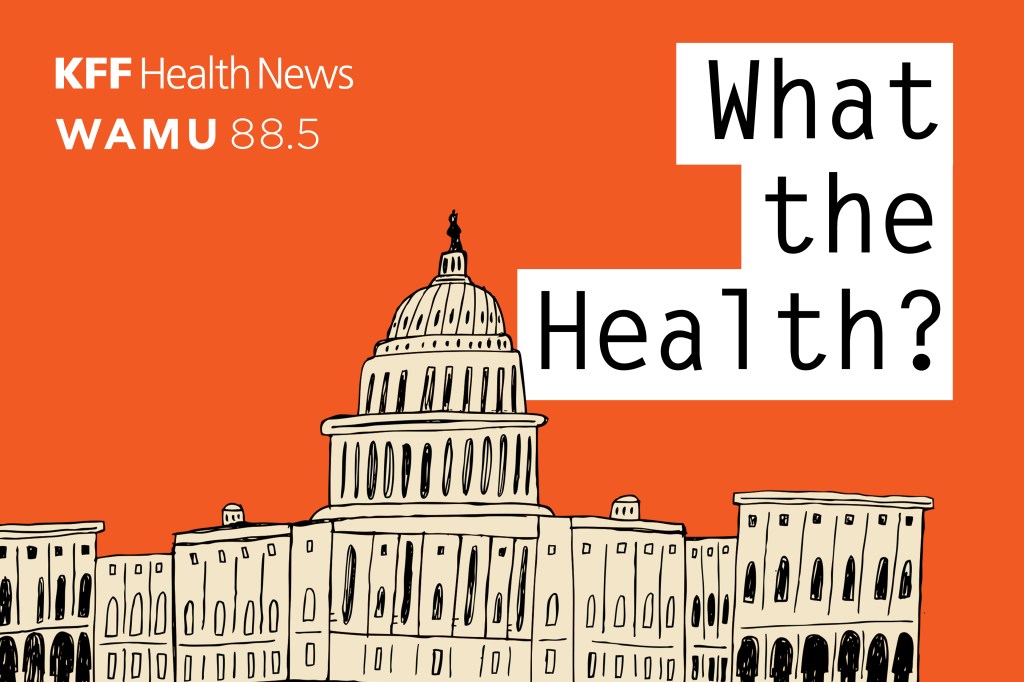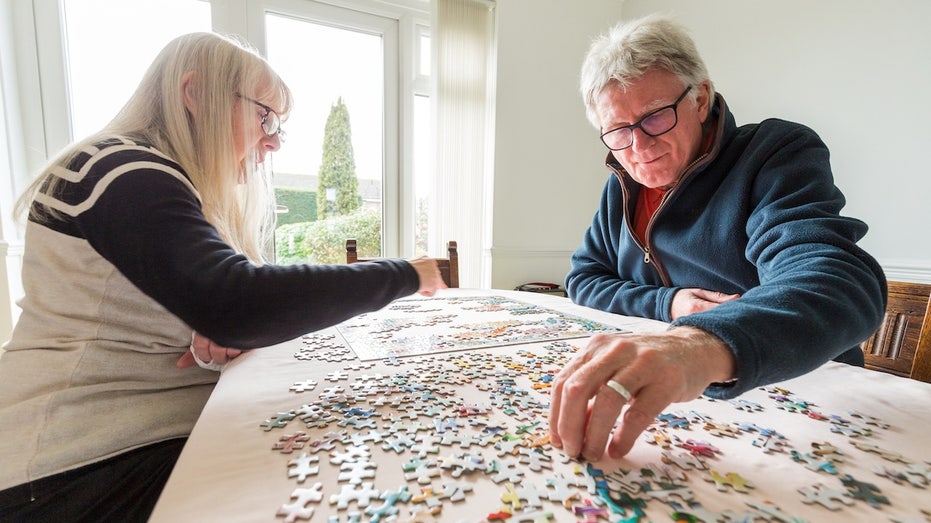Growing up in California’s San Joaquin Valley, I learned firsthand what it feels like when healthcare simply isn’t there when you need it. A simple flu could turn into a logistical nightmare, requiring long drives or endless waits at overcrowded urgent care centers. It wasn’t just inconvenient; it felt like our community was being overlooked, left to navigate illness with limited support.
This personal struggle ignited a passion to understand why access to basic medical care was so difficult. What I discovered was a systemic crisis unfolding across California, particularly in regions like my own. Despite the state’s reputation for innovation, a critical shortage of primary care physicians is quietly eroding the health and wellbeing of countless residents.
The numbers are stark. A UCSF study revealed that only two areas in California meet the recommended number of primary care doctors per person. The San Joaquin Valley falls far below that threshold, leaving communities vulnerable and straining existing resources. It’s a problem that isn’t just about logistics; it’s about lives.

When consistent care is out of reach, chronic illnesses spiral, and preventative screenings are delayed. Trust in the healthcare system erodes, replaced by frustration and a growing sense of isolation. Studies show a direct link between limited access to primary care and higher rates of conditions like hypertension – a 37% increase in areas with the fewest providers.
The situation is only worsening as a wave of experienced doctors nears retirement. A third of California’s physicians are over 55, and projections estimate a shortfall of over 10,000 primary care doctors by 2030. This isn’t a future problem; it’s a crisis unfolding now, with profound implications for the health of our state.
Compounding the issue, fewer medical school graduates are choosing primary care as a specialty. Many prefer the perceived benefits of urban practices and specialist networks, leaving underserved areas struggling to attract and retain doctors. The result is burnout among those who remain, with nearly 70% of physicians saying they’d choose a different career path if given the chance.
Simply offering financial incentives isn’t enough to solve this complex problem. We need to address the root of the issue: a lack of awareness and engagement among future healthcare professionals. My work with community service organizations showed me how many students are unaware of this critical shortage, and the potential to inspire change through early exposure.
Programs that introduce students to healthcare careers, like those offered through Project Lead The Way and HOSA, can play a vital role. By fostering an understanding of the societal impact of primary care, we can encourage more students to consider this rewarding – and desperately needed – path. It’s about connecting their choices to the wellbeing of communities like mine.
Medical schools must also prioritize primary care training, with a focus on rural and underserved placements. Scholarships, mentorship programs, and immersive clinical experiences can shape a more equitable distribution of the physician workforce. This requires a fundamental shift in how we value and promote primary care careers.
Behind every statistic is a person – someone forced to drive miles for a routine checkup, or spend hours in a crowded urgent care waiting room. These aren’t just flaws in the system; they’re moments where faith in healthcare is lost. True solutions must restore that trust.
We need to elevate primary care to its rightful place as the cornerstone of public health. We must empower community health workers who are already on the front lines, and provide students with hands-on experiences in underserved areas so they feel a personal connection to the communities they serve. Equity isn’t about numbers; it’s about ensuring that everyone has access to the care they deserve.





